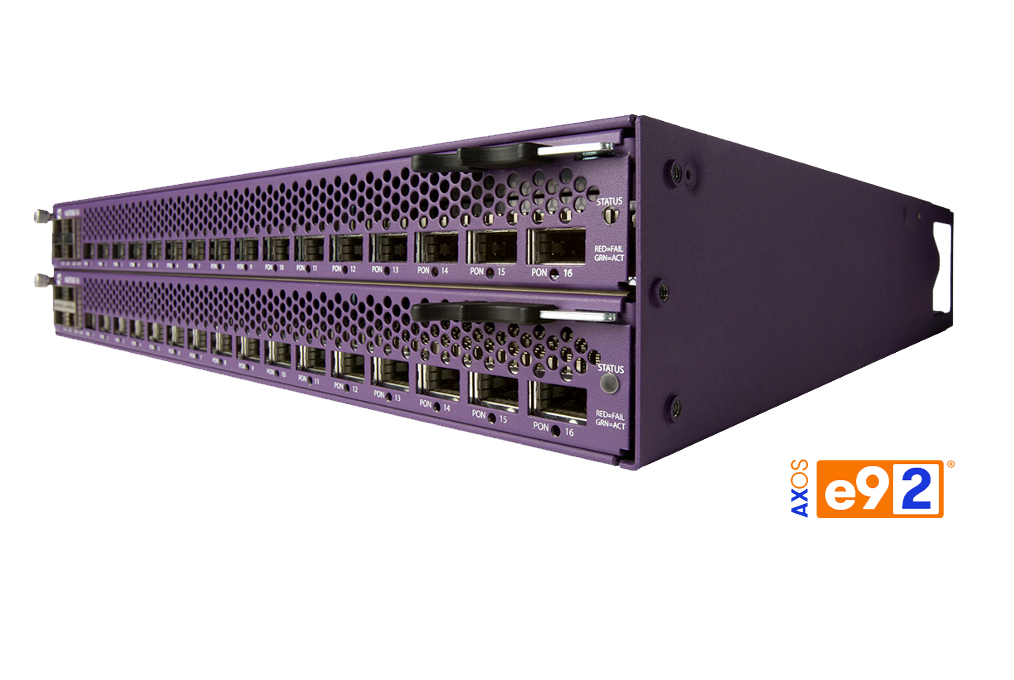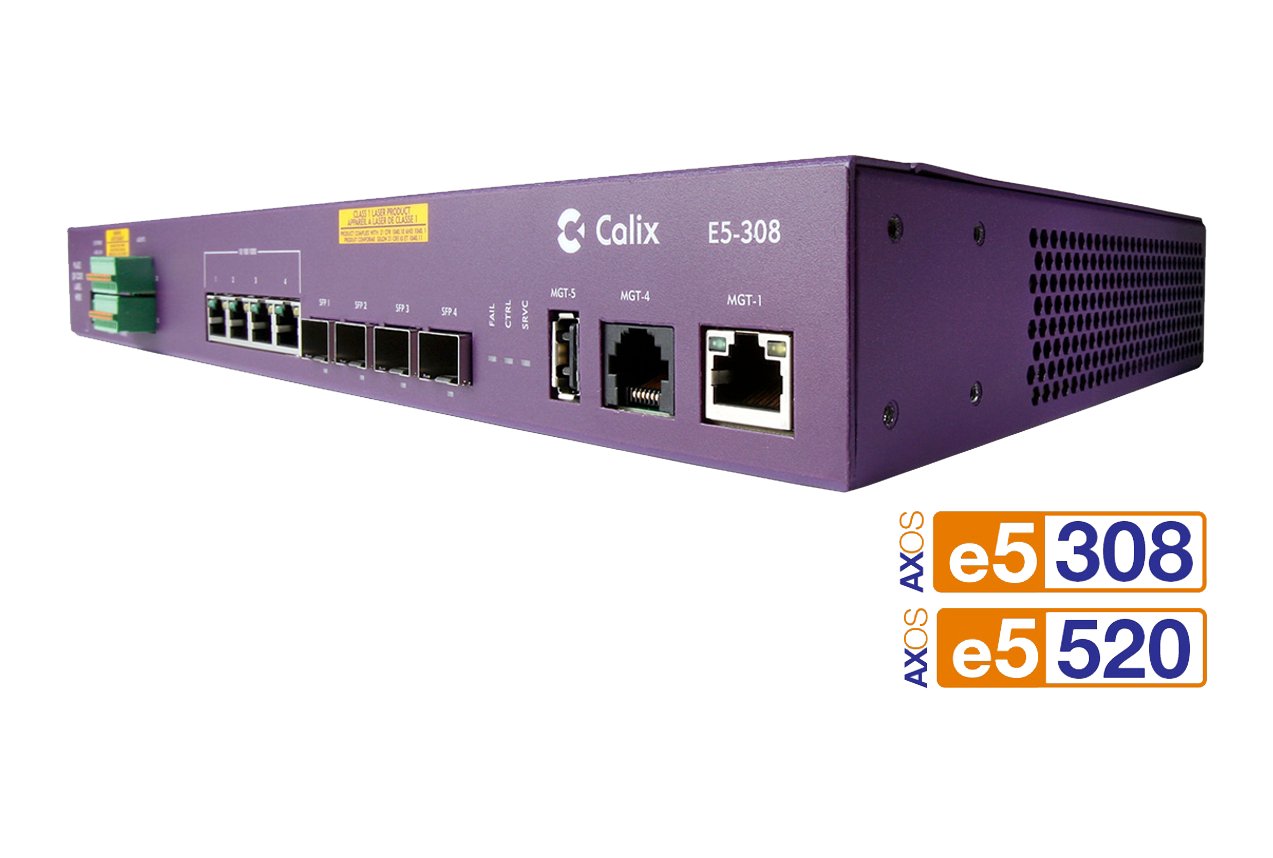Learn about 5G
5G opportunities for broadband service providers
5G brings significant advancements in speed, capacity, and connectivity, aiming to provide faster and more reliable wireless communication.

Overview
Why XGS-PON for 5G?
The proliferation of 5G small cells has an undesirable consequence of significantly increasing the transport costs of the Radio Access Network (RAN). As the number of radios increases, RAN transport costs grow and soon far exceed the cost of the mobile network radios. Broadband network operators leveraging XGS-PON solutions can enable cost efficient 5G transport using the same field proven techniques that have made fiber to the home (FTTH) networks globally successful.
Technology detail
Frequently Asked Questions about 5G transport over 10G PON
5G is the fifth generation of wireless technology for mobile networks, succeeding 4G (LTE/WiMax). 5G brings significant advancements in speed, capacity, and connectivity, aiming to provide faster and more reliable wireless communication.
While not strictly required, IEEE 1588v2 is rapidly becoming a defacto requirement for all 5G networks. 5G Time Division Duplex (TDD) radios require a highly precise timing reference in order for radios and handsets to efficiently share spectrum and aggregate channels. While this timing reference can be obtained from Global Navigational Satellite Systems (GNSS) like the US government’s Global Positioning System (GPS) and the European Union’s Galileo system, many mobile network operators have used IEEE 1588 to distribute network timing for many years and now consider it mandatory for deployment of a resilient mobile network.
An IEEE 1588v2 Boundary Clock can act as a source (primary) and a destination (client) for synchronization messages. In a PON system, the OLT and ONT work together to form a Distributed Boundary Clock. This enhancement to the boundary clock function is required to correct timing errors that arise due to the inherent asynchronous operation of the PON (i.e., the packet delay upstream is greater than packet delay downstream). A 1588v2 Ordinary or Transparent Clock are not sufficient for packet based timing over XGS-PON.
The economics of XGS-PON are best suited to transport small cells deployed in high number within a small geographic area. While 5G radios operating on any wavelength spectrum could work, small cells are most often used with 5G mid-band (e.g., C-band) and high-band (e.g., mmwave) spectrum where spectrum re-use is critical and/or high attenuation mandates short distances between radios.
Products and services










